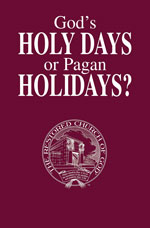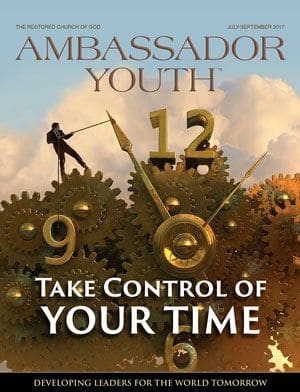Slightly less than twice the size of New Jersey, the Netherlands is the sixth most densely populated country in the world. It is located at mouths of three major European rivers: the Rhine, Meuse and Schelde.
Windmills, tulips, Gouda cheese, and wooden shoes generate a picture of the Netherlands in the minds of mostāand for good reason, since all are closely associated with Dutch tradition. But there is more to this country and people than meets the eye.
While the official name is the Netherlands, many commonly refer to the country as Holland. However, that name technically refers to the two western provinces of the country: North and South Holland. Interestingly, the name Netherlands is derived from the Dutch word neder, meaning ālow.ā
The country is indeed low-lying and unusually flat, with large expanses of lakes, rivers and canals. Land was reclaimed from the sea along the coast while, in the interior, lakes and marshes were drained, especially alongside the many rivers. About 2,500 square miles of the Netherlands consist of reclaimed land, the result of a process of careful water management dating back to medieval times. All this new land was turned into poldersāpieces of low-lying land surrounded by dikes. Initially, manpower and horsepower were used to drain the land, but they were later replaced by windmills.
The Netherlandsā landscape consists of grasslands, arable farmlands, and horticultural land. The country is the second-largest agricultural exporter in the world, known for its vast exports of tulips and other plants. The largest export is crude and refined oils and machinery. Overall, the nation shipped $569.2 billion worth of goods around the globe in 2016.
Holland has a 44 percent share of the worldwide trade in floricultural products, making it the dominant global supplier of flowers and flower products. About 77 percent of all flower bulbs traded worldwide come from the Netherlands, the majority of which are tulips.
At the end of the 16th century, tulips were introduced to the area from eastern Mediterranean regions and were used as currency until the market for them crashed. Today, tulips are a beautiful and widespread symbol of the Netherlands, which produces 4.3 billion tulip bulbs per year.
The plants thrive in the provinces of South and North Holland, Flevoland and the Noordoostpolder, which provide optimum growing conditions due to their sandy clay soil, moderate climates, and abundance of water.
















